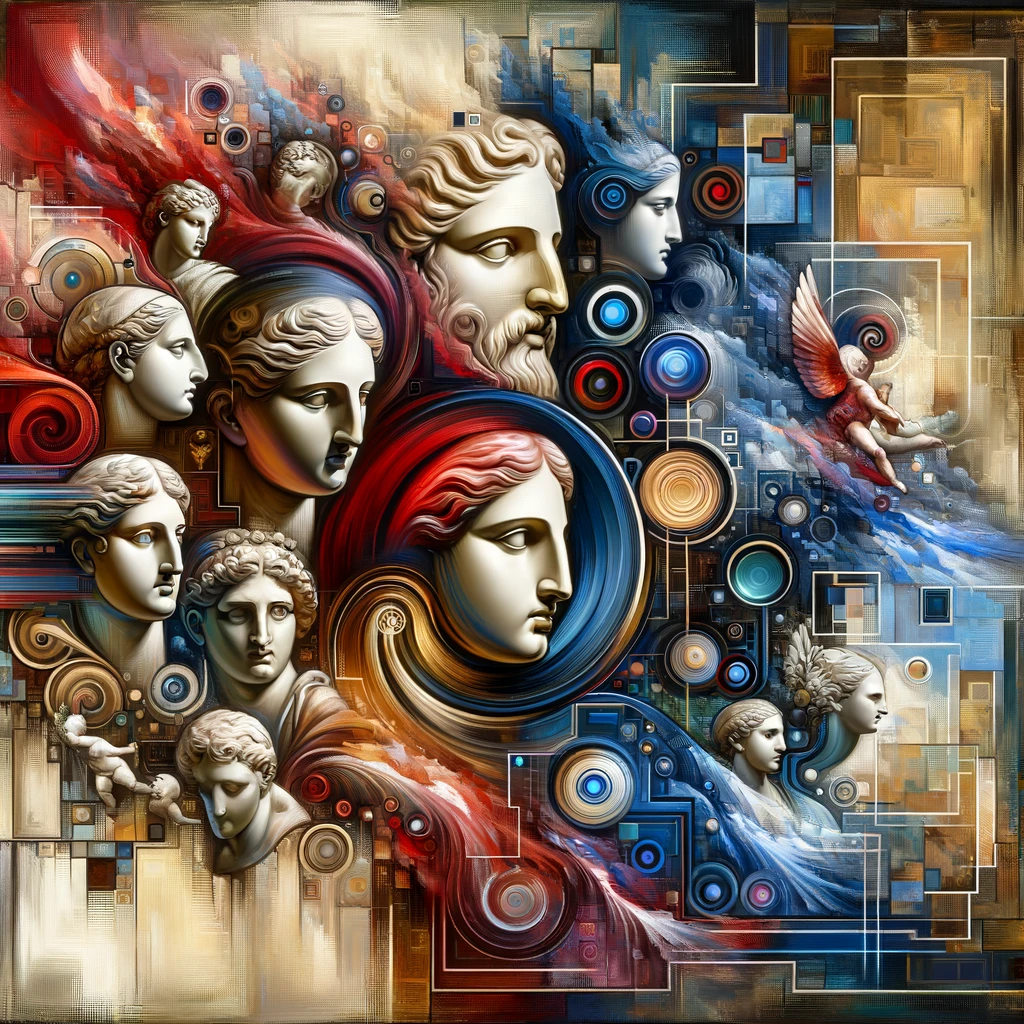
Exploring the Intersection of Artificial Intelligence and Art History
The intersection of AI and art history is a fascinating topic, as it involves the blending of cutting-edge technology with the rich, varied world of art. Here’s an overview of how AI is influencing and contributing to the field of art history:
Art Analysis and Categorization: AI algorithms can analyze art pieces for style, technique, and even brushstrokes, helping in categorizing and understanding artworks. This can assist in attributing works to specific artists, especially in cases where the authorship is uncertain.
Pattern Recognition: AI can identify patterns and motifs across large collections of art, which might be difficult for human observers to discern. This can lead to new insights about cultural influences and artistic movements.
Restoration and Conservation: AI technologies can predict the aging process of materials and suggest optimal conditions for preservation. In some cases, AI can also be used to digitally restore damaged artworks to their original appearance.
Art Creation: AI itself has become a tool for creating art, raising questions about creativity and authorship. AI-generated artworks have been exhibited and sold, sometimes for substantial amounts, which sparks debates in the art community about the nature of creativity and the role of the artist.
Educational Tools: AI can enhance the way art history is taught by providing interactive, personalized learning experiences. It can generate virtual tours of historical sites or reconstruct lost or damaged artworks for study.
Forgery Detection: AI can assist in detecting forgeries by analyzing the minute details of an artwork that are often imperceptible to the human eye. This includes analysis of brushwork, pigment composition, and stylistic elements.
Accessibility: AI can make art more accessible to a wider audience. For instance, it can create descriptions for visually impaired individuals, translate textual information about artworks, or even suggest artworks based on individual preferences.
Network Analysis: AI can map connections between artists, styles, and movements, providing a more comprehensive understanding of how different elements of art history are interlinked.
Archival Organization: AI helps in organizing vast amounts of data in art archives, making it easier to search for specific artworks, artists, or styles. This includes sorting through images, texts, and other documentation.
Predictive Analysis: AI can analyze market trends and predict future developments in the art world, which is particularly useful for collectors and museums.

Conclusion: The synergy between AI and art history is a testament to the boundless potential of technology in enriching human understanding and expression. As AI continues to evolve, its impact on art history promises to unearth new perspectives, challenge established norms, and inspire future generations of artists and historians. This intersection is not just about technology’s role in art but a reflection of our ever-evolving relationship with creativity and history.
(Written by ChatGPT, 11 Dec 2023)
